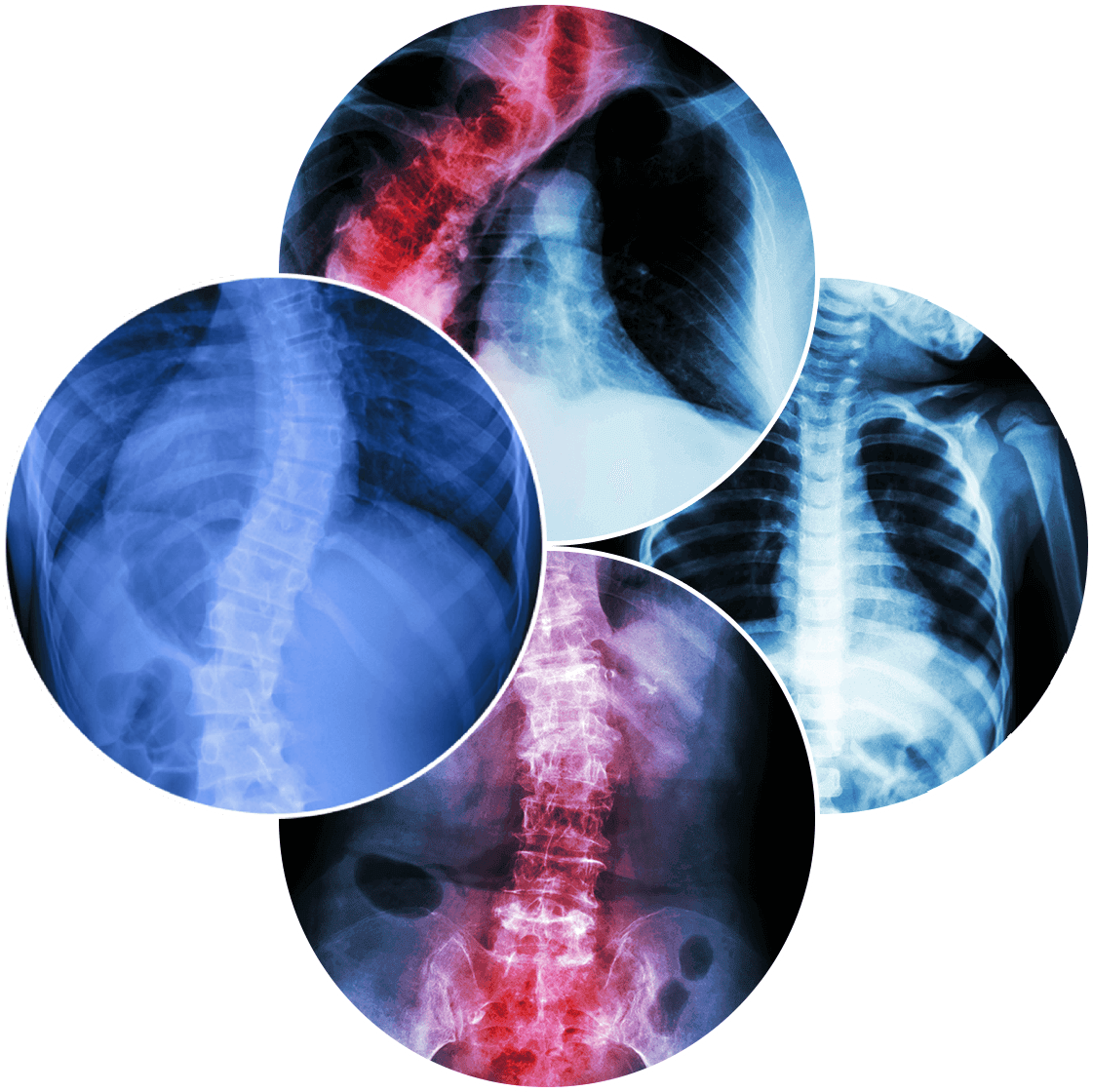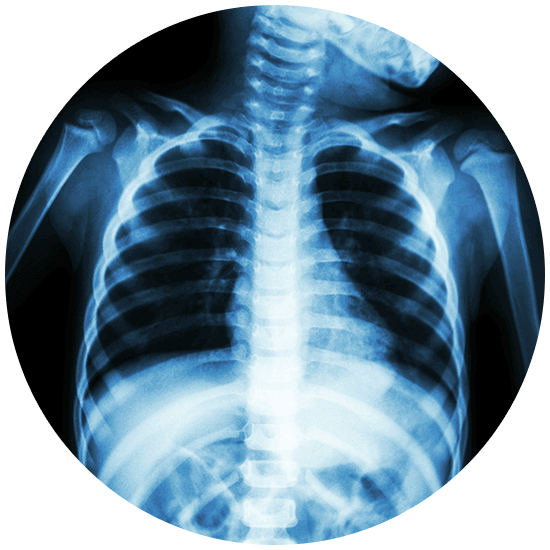Osteotomy

Osteotomy: Overview, Advantages, & Eligibility Criteria
Spinal deformities can develop for various reasons, and their symptoms can be painful, embarrassing, or debilitating. Spinal osteotomies are surgical procedures that doctors use to treat a wide variety of spinal deformities.
More specifically, an osteotomy is a restructuring procedure that involves extracting entire vertebrae or sections of vertebrae. The procedure aims to induce proper and lasting alignment of the spine to correct conditions such as scoliosis or kyphosis.
Types of Osteotomy
According to your medical needs, your doctor can select different levels of osteotomy to treat your condition. Considerations will include the location and degree of your spinal curvature, as well as much restructuring that the spine will require. The major types of osteotomy include:
Smith-Peterson Osteotomy (Level 1): Referred to as a Smith-Peterson Osteotomy, this procedure involves removal of the posterior ligaments and facet joints to correct mild forms of spinal deformity. Your physician will recommend this procedure to treat abnormal curves that are less than 20 degrees. However, if your surgeon selects this route, your intervertebral discs must be healthy in order to withstand the procedure.
Pedicle Subtraction (Level 2): The next level of osteotomy, called a Pedicle Subtraction, repairs deformities in spinal curvature of the lumbar spine that do not exceed 30 degrees of abnormality. During this procedure, your surgeon will remove the posterior ligaments and facet joints, along with a wedge-shaped section of bone. This removal will enable the bones to fit together in a more functional manner.
Vertebral Column Resection (Level 3): A Vertebral Column Resection is the final, and most extreme, form of osteotomy. This procedure involves the removal of one or more intact vertebral bodies and their intervertebral discs. Used for extreme deformities or debilitating curvatures, a spinal fusion is required to restore the structural stability of the spine following this more invasive procedure.
Successful at addressing these incapacitating side effects, spinal osteotomies also boast the following benefits:
With limited corrective options for spinal deformities, osteotomies provide proven relief
Advances in the surgical materials allow for longer lasting solutions to spinal deformity
Advances in surgical techniques permit for reduced blood loss and less risk of infection
Osteotomies restore mobility and the ability to participate in everyday activities
Pain, tingling, numbness, & symptoms related to nerve compression are greatly reduced
Advantages of an Osteotomy
The benefits of spinal osteotomies greatly outweigh the impediments of living life with the debilitating side effects of an extreme spinal deformity. Severe curves in the spine can induce pain, stiffness, loss of movement, the inability to stand up straight or direct your gaze forward, and difficulty with ambulation (walking) or completing your everyday activities. Dr. Jason E Lowenstein of the Advanced Spine Center is an expert in the field of spinal deformity. With years of fellowship training and surgical experience, Dr. Lowenstein and his team are world-renowned for their surgical precision in scoliosis and kyphosis correction. Whether your spinal deformity requires physical therapy, pain management, or minimally invasive surgery, Dr. Lowenstein and his team of Top Doctors can help you to identity and personalize a treatment plan that best suits you.
Eligibility Requirements for an Osteotomy
f you are suffering from the debilitating symptoms associated with a spinal deformity, then surgical intervention may be a suitable option for you. Extreme curvature in the cervical, thoracic, or lumbar spine, inability to complete daily tasks due to the spine’s extreme curvature, pain associated with spinal deformity, or neurological symptoms such as numbness or tingling, are all indicators that a surgical intervention may be needed. If you are experiencing even more emergent symptoms like loss of bowel or bladder control, please seek immediate medical attention.
Because spinal deformities are progressive, it is important to address these conditions as soon as they become apparent. The degree of spinal curvature and the negative symptoms associated with it will worsen with daily wear and tear. The sooner your doctor can treat these deformities, the better your postsurgical outcomes will be.
